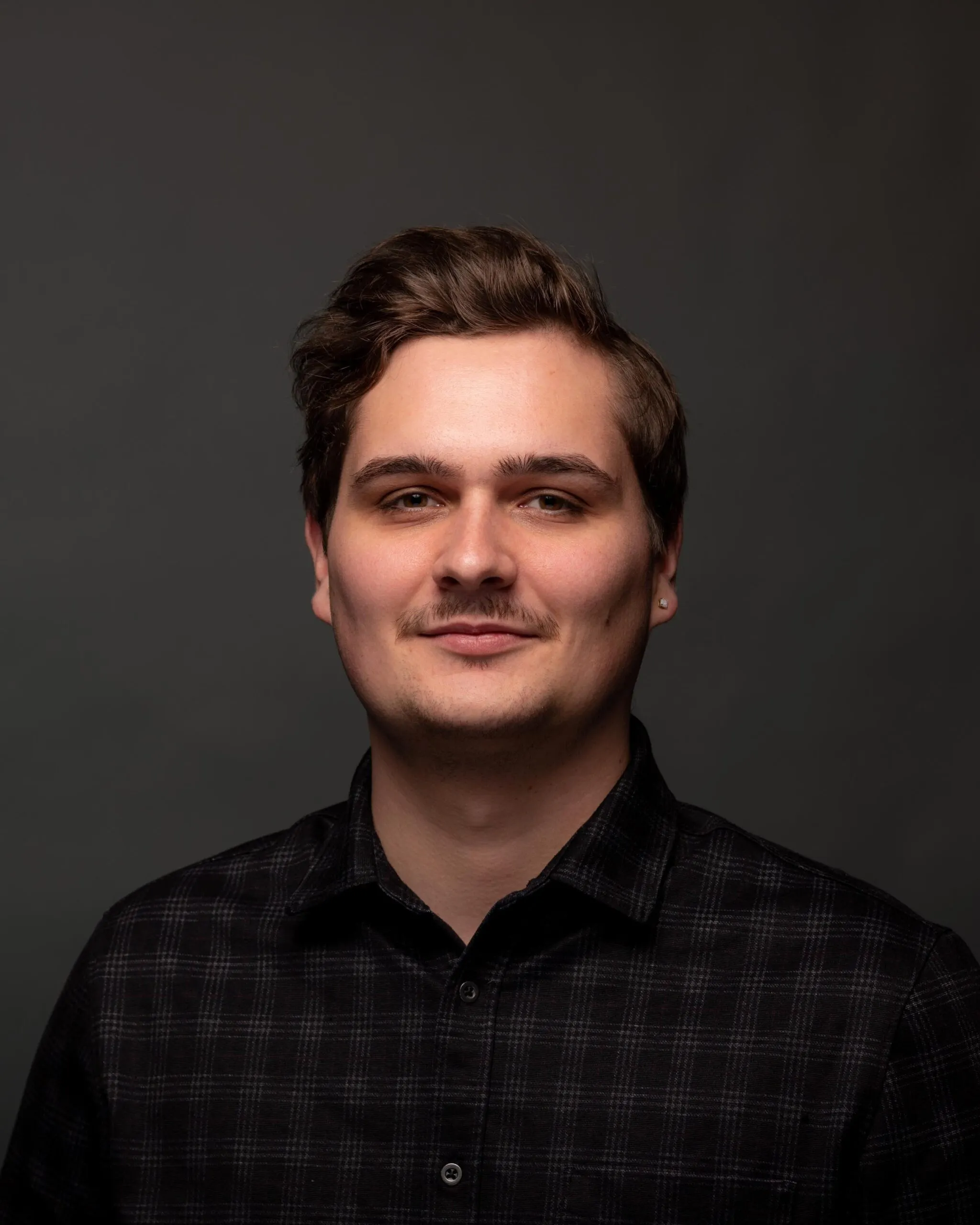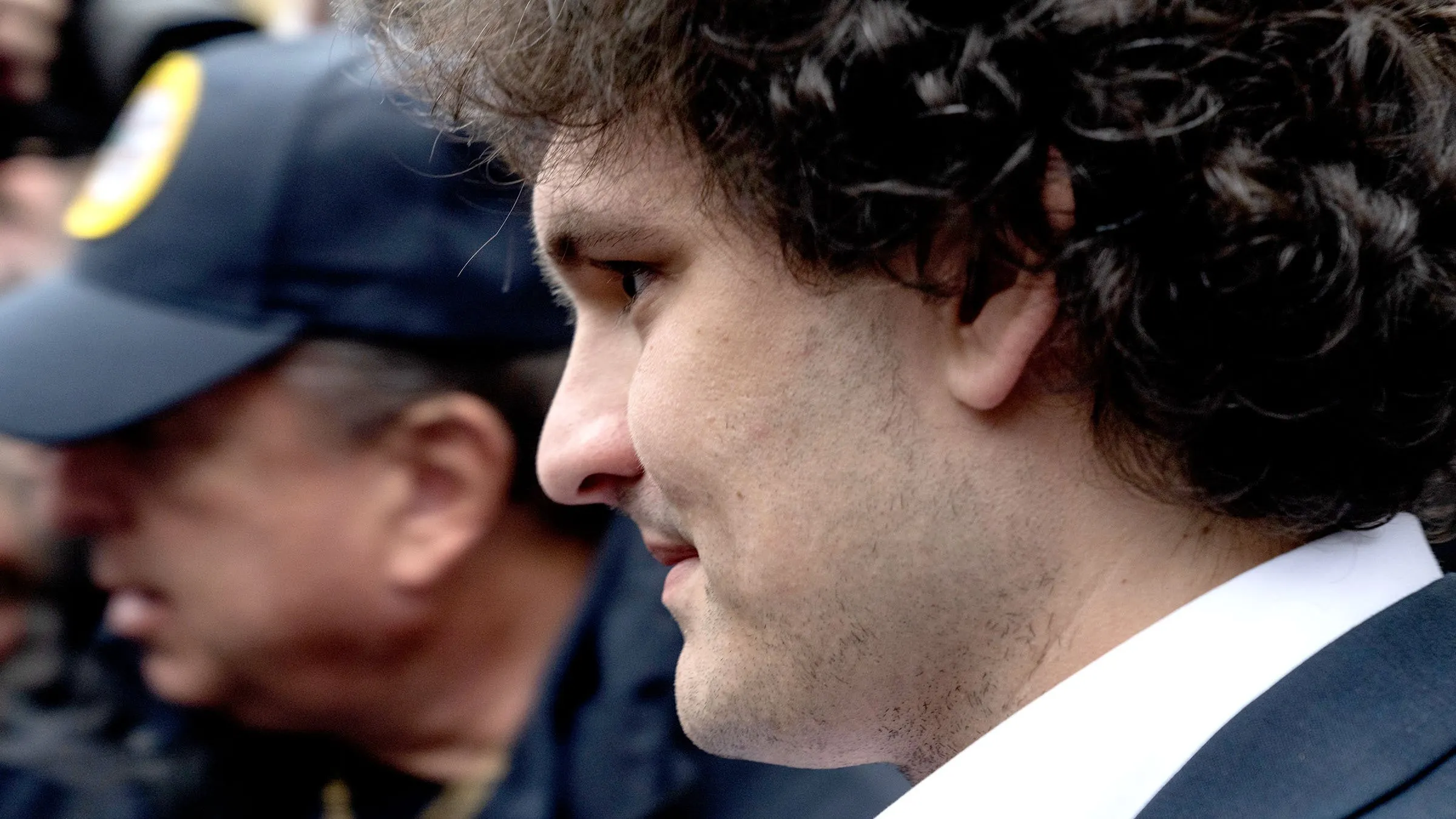Sam Bankman-Fried’s memory faltered on Monday under the scope of questions posed by US Assistant Attorney Danielle Sassoon—as the government challenged his credibility on the witness stand.
“I’m not sure. I don’t recall. I’m not sure exactly what you’re referring to,” Bankman-Fried said, after Sassoon inquired about Alameda Research, a crypto trading firm Bankman-Fried co-founded, and whether he claimed—at any point—his bankrupt trading firm was subject to the same rules as other customers of FTX.
Bankman-Fried’s testimony will make him one of the last witnesses in his weeks-long criminal trial. Charged with seven counts of fraud and conspiracy, he is accused by the government of pilfering billions of dollars of FTX customers’ cash and crypto through Alameda.
For much of the government’s cross-examination on Monday, Bankman-Fried couldn’t recall certain details about his time as CEO of FTX. He responded to questions with some version of "I don't recall" dozens of times. And his inability to satisfy prosecutors’ questions stood in stark contrast to testimony elicited by his lawyers earlier in the day.
Before the government’s scrutiny was applied, the former crypto mogul needed a reminder from US District Judge Lewis Kaplan. He was told to answer questions “efficiently” on Friday, as he began to tell a jury that will soon decide his fate he didn’t commit fraud.
Bankman-Fried’s responses continued to appear calm and composed under the guidance of his lawyer, Mark Cohen of Cohen & Gresser, as his purview on FTX’s collapse concluded. However, Bankman-Fried’s testimony took a turn toward the succinct after the government took over.
“Yep,” Bankman-Fried said, dozens of times, as Sassoon worked her way through questions on a variety of topics—up to the point where his memory failed.
Toward the beginning, Bankman-Fried said he was unclear about whether he ever claimed FTX was safe. Toward the end of the day, Bankman-Fried couldn’t recall whether he’d ever seen a specific balance sheet for Alameda that was produced by former CEO Caroline Ellison, who pleaded guilty to crimes associated with the collapse of FTX and has agreed to cooperate with investigators.
During her testimony, Ellison said that Bankman-Fried directed her to create a series of phony balance sheets after crypto prices tanked that could keep lenders confident in Alameda’s strength. “I don't recall whether I saw this,” he said when shown the document on Monday.
Several times, the government called upon tweets or excerpts previously penned by Bankman-Fried to refresh the one-time wunderkind’s recollection. That included representations made to customers, for example, or FTX’s willingness to work with regulators.
“In private you said things like fuck regulators, didn't you?” Sassoon asked.
“I said that once,” Bankman-Fried responded.
Echoes of the defense’s opening arguments—where it was the “perfect storm” of plunging prices and startup mistakes that toppled FTX—were evident in Bankman-Fried’s testimony, while Cohen was still in the driver’s seat.
On Friday, for example, Bankman-Fried recalled that one of his biggest mistakes as CEO of FTX was not establishing a risk management team. On Monday, along similar lines, he recalled a meeting where Ellison cried and offered to step down as CEO of Alameda after he expressed concerns about the firm’s lack of hedged positions.
“My biggest concern was that if Alameda remained unhedged that it might go bankrupt,” he said. “And so I said that I thought the focus should be on urgently putting on the hedges that would protect against that.”

